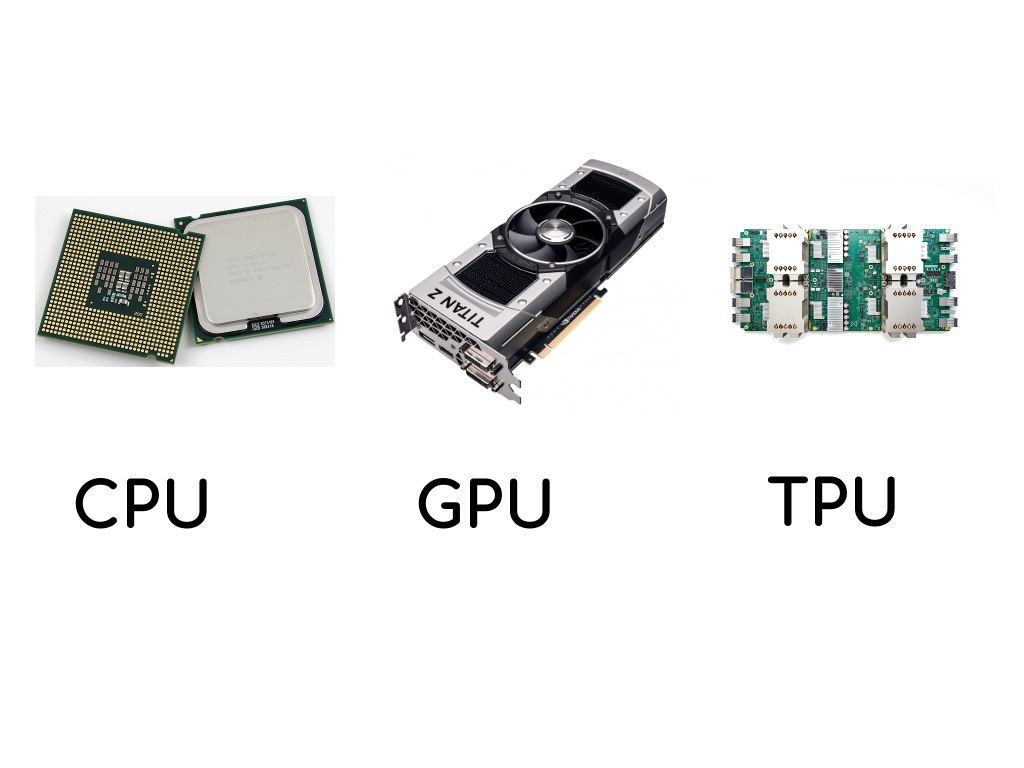Share

Training AI Models with Necessary Hardware Equipment
Introduction
Training AI models involves machine learning algorithms, especially deep learning algorithms, which are mainly based on artificial neural networks, particularly deep neural networks. In this process, computers learn to classify, predict, and perform other tasks on input data through massive amounts of data and algorithms. Here are the basic steps for training AI models and the necessary hardware equipment.
Steps for Training AI Models
- Data collection and preprocessing: Collecting a large amount of relevant data, which can be images, text, sound, etc., and preprocessing it by cleaning, labeling, normalization, and other operations to help the model better understand and learn from the data.
- Selecting an appropriate model: Choosing the appropriate model based on the specific task and data type. For example, convolutional neural networks (CNNs) are suitable for image processing tasks, while recurrent neural networks (RNNs) are suitable for sequence data processing.
- Training the model: Inputting the training data set into the model, calculating the model’s predicted results, and adjusting the model’s parameters based on the difference between the predicted and actual results to improve the prediction accuracy. This process usually uses gradient descent for optimization.
- Validation and testing: Evaluating the model’s performance through the validation data set during the training process. After training, using the testing data set to perform a final evaluation of the model to ensure good generalization on unseen data.
Necessary Hardware Equipment
During the process of training AI models, the following hardware equipment is usually required:
- High-performance CPU: The CPU is the computer’s central processing unit responsible for executing various computing tasks. While the CPU can handle basic computing tasks during AI model training, it is typically not the preferred hardware due to its limited computing power.
- GPU (graphics processing unit): The GPU has powerful parallel computing capabilities and is especially suitable for matrix operations in deep learning tasks. Therefore, the GPU is usually the preferred hardware device for training AI models. NVIDIA’s CUDA platform and cuDNN library provide excellent support for GPU-accelerated deep learning training.
- TPU (tensor processing unit): The TPU is a specialized processor designed by Google for AI and machine learning tasks, with higher performance and energy efficiency. The TPU is optimized for tensor operations, which are the basic computational units in deep learning training. The TPU can provide higher computing performance than the GPU in some scenarios.
- Memory: Sufficient memory is required to store large amounts of data and intermediate calculation results during AI model training. Depending on the specific task and model size, tens to hundreds of GB of memory may be required. Additionally, GPUs and TPUs typically have independent video memory or high-speed cache for storing data during the training process.
- Storage devices: Training data sets and model files need to be stored on hard drives or solid-state drives. Solid-state drives are more suitable for training AI models due to their faster read and write speeds.
- Cooling systems: During the AI model training process, hardware devices produce a lot of heat. Therefore, a good cooling system is required to ensure that the hardware operates at a safe temperature and to avoid damage from overheating.
Utilizing Distributed Computing Resources
To improve training speed and efficiency, distributed computing resources are often utilized. Multiple computers or servers can work together to complete the model training task. On cloud computing platforms such as Google Cloud, Amazon AWS, and Microsoft Azure, users can easily access powerful computing resources for training AI models. These cloud platforms provide users with flexible and scalable computing resources, allowing them to quickly and easily scale up or down depending on their needs. This is especially useful for organizations or individuals who may not have access to high-performance hardware or who need to train large-scale AI models.
In addition to hardware equipment, software tools and frameworks are also essential for training AI models. Popular deep learning frameworks include TensorFlow, PyTorch, and Keras, which provide users with a wide range of pre-built neural network models and functions. These frameworks also offer high-level APIs that make it easy for users to build and train their own models.
Training AI models is a complex and resource-intensive task that requires powerful hardware and software resources. High-performance hardware such as GPUs and TPUs, along with distributed computing resources, can greatly improve training speed and efficiency. With the development of technology, we can expect to see more advanced hardware and software tools that will enable us to train even more powerful AI models in the future.
STAY IN THE LOOP

